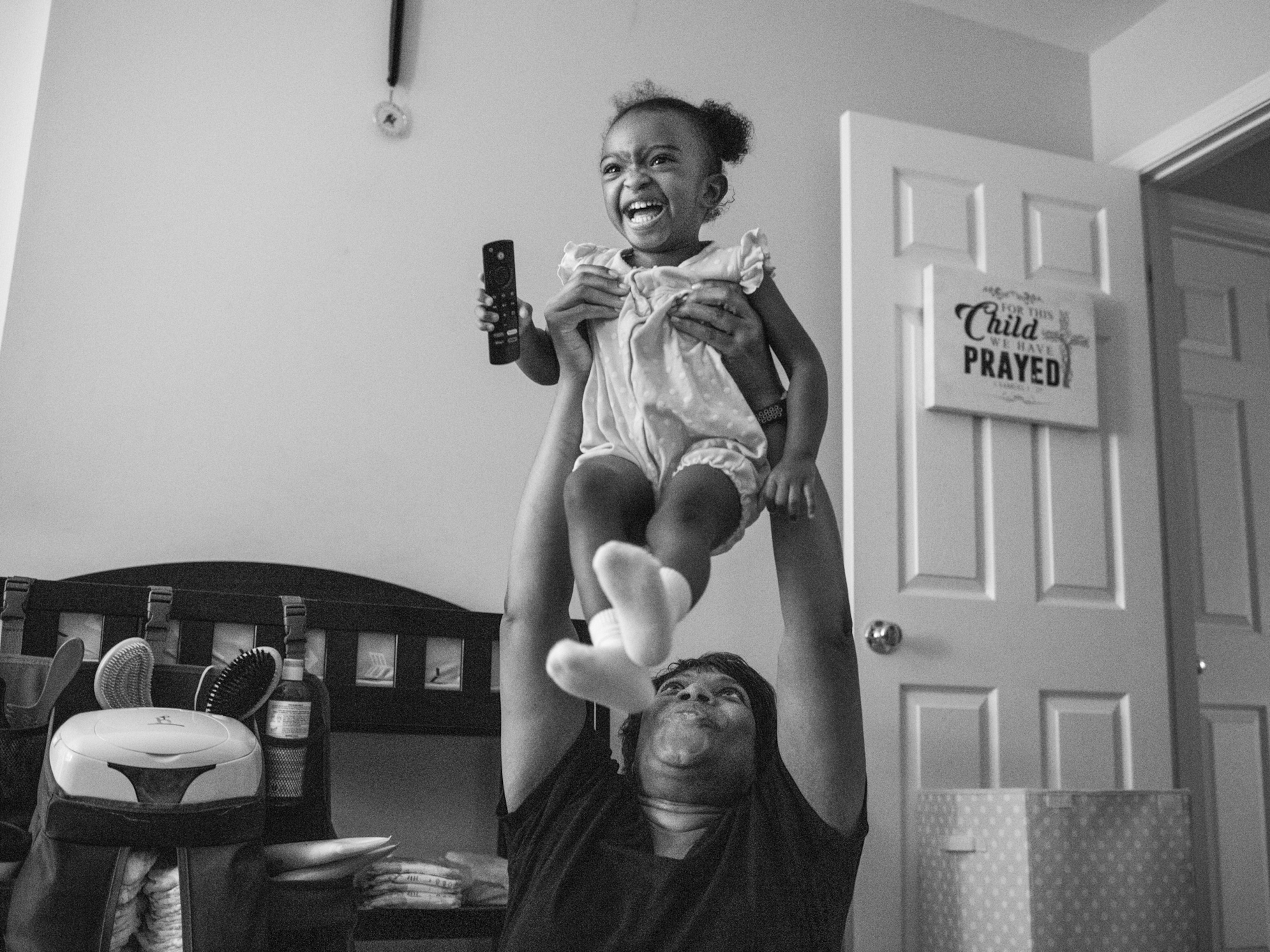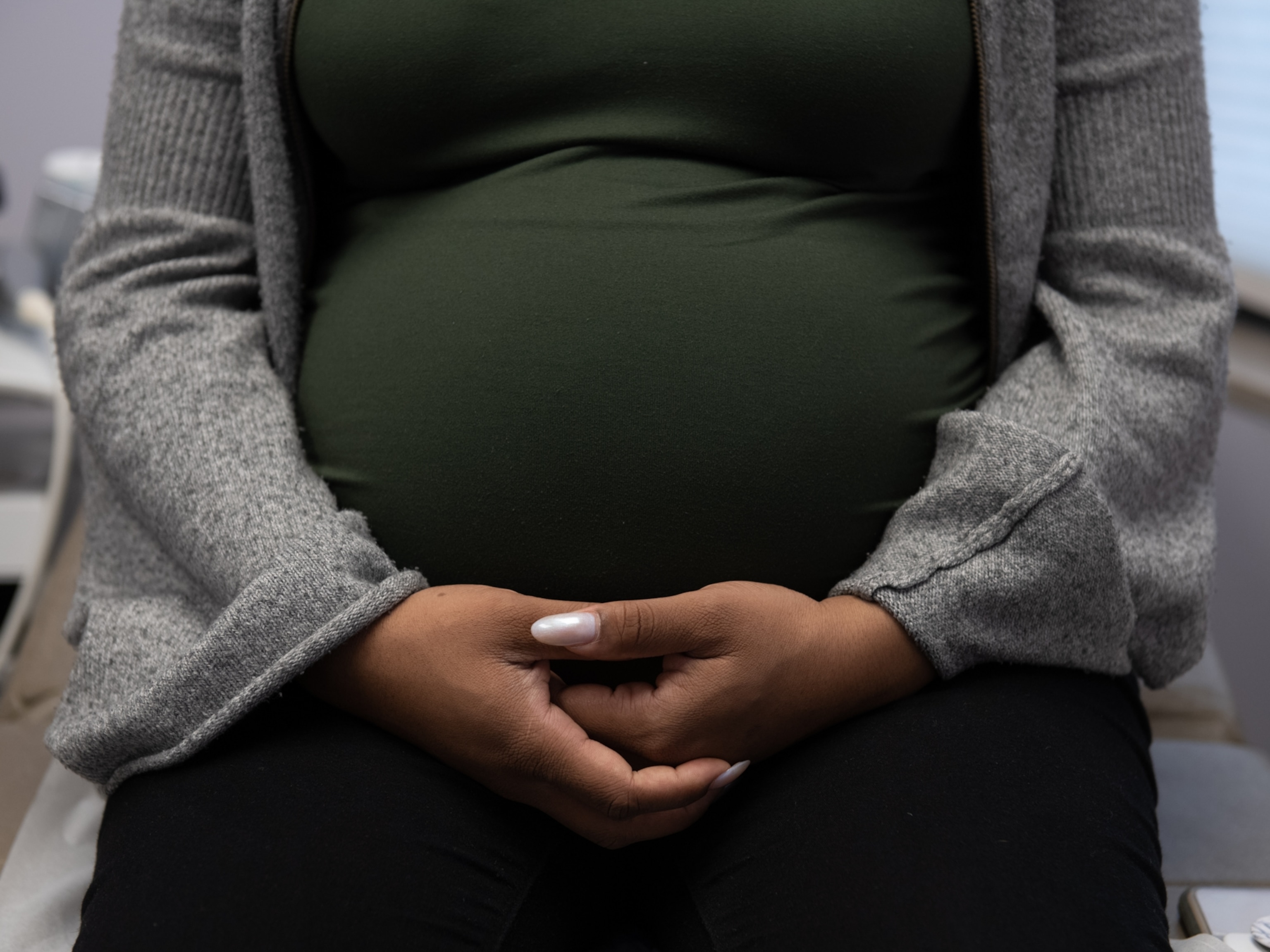
Notes From a Native Son: Standing Still to See the Good Times Roll
Finding fresh moments when photographing a place close to your heart can be a challenge. When that place happens to be New Orleans—a city so lively, complex, vibrant, and beloved that it is a character in itself—the challenge is tenfold. Especially when that character is in full expression during Mardi Gras time.
When Tyrone Turner was a kid, Mardi Gras meant competing with his brother and sisters to see who could fill up their bags with the most beads and doubloons, reveling in the freedom given by their parents to roam a prescribed four or five blocks in their Uptown neighborhood.



As a newspaper photographer for the Times-Picayune, Turner covered the expected parade highlights from every vantage point, but it wasn’t until he returned to photograph the city post-Hurricane Katrina, no longer driven by newspaper deadlines, that he felt compelled to slow down and spend time around the edges.
He is particularly drawn to the energy—the potential and anticipation—to be found right before the main event of a parade or Mardi Gras ball. Here, it is about the poetry of moments frozen in a way that can only be realized using still photography. “Stills capture the feeling of standing in front of something and letting it unfold in front of you,” he says. “It takes a lot of work to get at the wonder and awe of the experience—it’s something I had to retrain myself to see.”



His favorite place to be is right in the middle of the action with a wide-angle lens. “I’m surprised with what I get most of the time. I feel like I haven’t gotten anything and I am surprised when I do. It’s a situation where you feel the poetry coming together.”
The city is like an onion, he tells me. The more he shoots these parades, the more he understands about the social fabric of New Orleans and the significance of this cultural tradition in strengthening the bonds of place.
“You only let loose when you are strong enough to do that,” he says. “Working your way to being able to party your ass off is an important thing.”



*****
Related Topics
You May Also Like
Go Further
Animals
- Octopuses have a lot of secrets. Can you guess 8 of them?
- Animals
- Feature
Octopuses have a lot of secrets. Can you guess 8 of them? - This biologist and her rescue dog help protect bears in the AndesThis biologist and her rescue dog help protect bears in the Andes
- An octopus invited this writer into her tank—and her secret worldAn octopus invited this writer into her tank—and her secret world
- Peace-loving bonobos are more aggressive than we thoughtPeace-loving bonobos are more aggressive than we thought
Environment
- Listen to 30 years of climate change transformed into haunting musicListen to 30 years of climate change transformed into haunting music
- This ancient society tried to stop El Niño—with child sacrificeThis ancient society tried to stop El Niño—with child sacrifice
- U.S. plans to clean its drinking water. What does that mean?U.S. plans to clean its drinking water. What does that mean?
- Food systems: supporting the triangle of food security, Video Story
- Paid Content
Food systems: supporting the triangle of food security - Will we ever solve the mystery of the Mima mounds?Will we ever solve the mystery of the Mima mounds?
History & Culture
- Strange clues in a Maya temple reveal a fiery political dramaStrange clues in a Maya temple reveal a fiery political drama
- How technology is revealing secrets in these ancient scrollsHow technology is revealing secrets in these ancient scrolls
- Pilgrimages aren’t just spiritual anymore. They’re a workout.Pilgrimages aren’t just spiritual anymore. They’re a workout.
- This ancient society tried to stop El Niño—with child sacrificeThis ancient society tried to stop El Niño—with child sacrifice
- This ancient cure was just revived in a lab. Does it work?This ancient cure was just revived in a lab. Does it work?
Science
- The unexpected health benefits of Ozempic and MounjaroThe unexpected health benefits of Ozempic and Mounjaro
- Do you have an inner monologue? Here’s what it reveals about you.Do you have an inner monologue? Here’s what it reveals about you.
- Jupiter’s volcanic moon Io has been erupting for billions of yearsJupiter’s volcanic moon Io has been erupting for billions of years
- This 80-foot-long sea monster was the killer whale of its timeThis 80-foot-long sea monster was the killer whale of its time
Travel
- This town is the Alps' first European Capital of CultureThis town is the Alps' first European Capital of Culture
- This royal city lies in the shadow of Kuala LumpurThis royal city lies in the shadow of Kuala Lumpur
- This author tells the story of crypto-trading Mongolian nomadsThis author tells the story of crypto-trading Mongolian nomads




